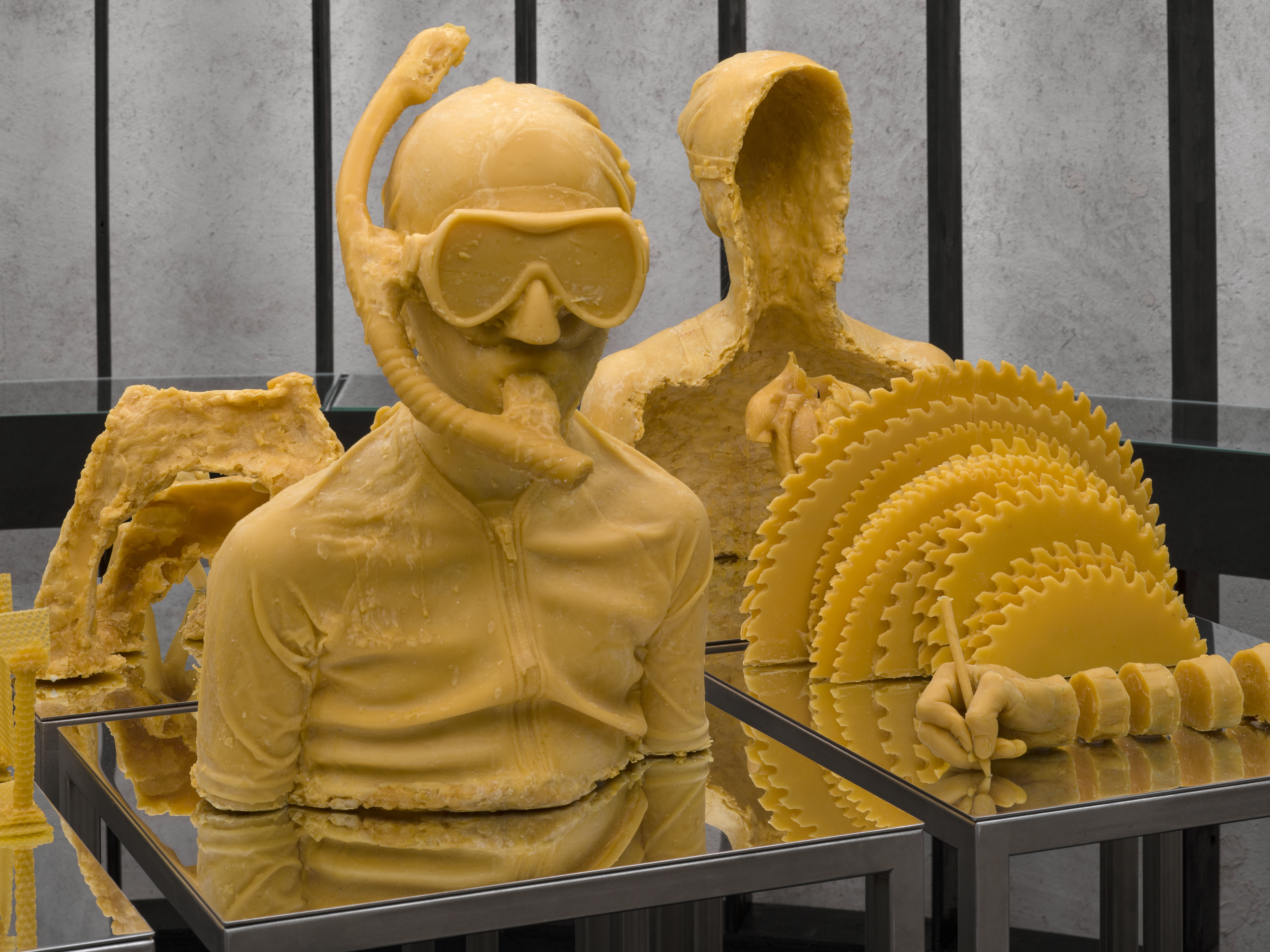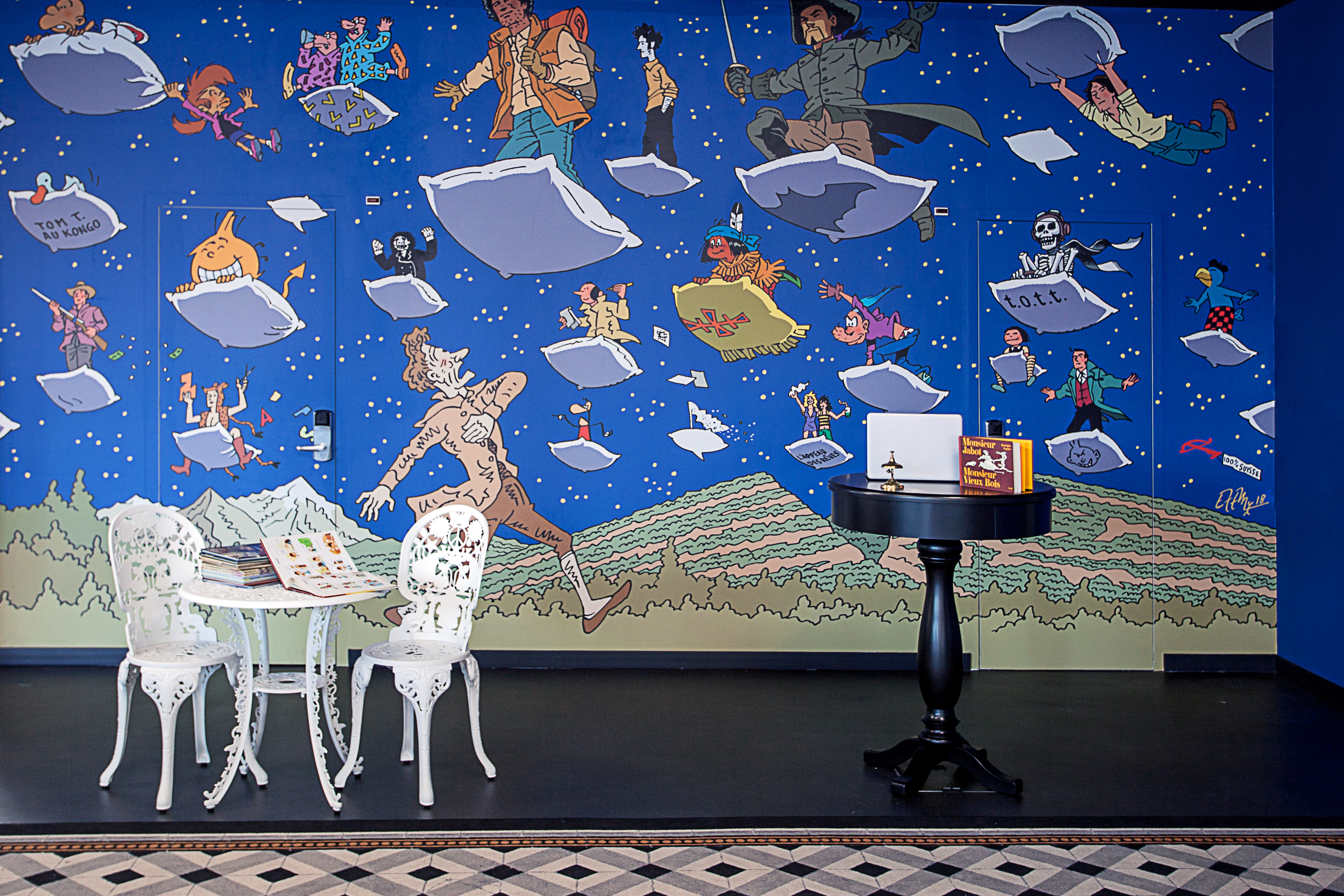
Mannerist engravings on show in Geneva

Geneva’s Art and History Museum has opened a new exhibition of 16th century mannerist engravings owned by the German artist, Georg Baselitz.
Entitled Le Beau Style, the exhibition is based around the School of Fontainebleau, a talented team of engravers who worked under the Italian, Rosso Fiorentino. He is considered along with Pontormo, as one of the first of the mannerists.
Baselitz himself is recognised as one of Germany’s foremost contemporary artists. He is known for inverting the figures in his paintings, a recurring motif which could in itself be described as mannerist. This, and his frequent use of prints in his works, explains why he was drawn to the 16th century mannerist engravings.
“Baselitz discovered the works of Pontormo and Fiorentino when he was studying in Florence in 1965,” says Natalie Strasser of Geneva’s museum of prints and engravings, the Cabinet des Estampes.
“He loved the way they deconstructed the classicist works of the high Renaissance, and how they played with the figures and perspectives, and he decided to do something similar with his own work,” she added.
Baselitz became one of the driving forces behind a re-evaluation of mannerism, particularly the work done by the School of Fontainebleau. Fans of this school were trying to show that these engravings were actually something very important, and not just decoration and caprice. Baselitz has praised the “almost revolutionary freedom” with which the Fontainbleau printers worked.
“Between 1542 and 1547, there existed a real workshop of printing at Fontainebleau. This work forms the core of Baselitz’s collection. They were really extraordinary engravers and etchers, particularly as they developed a new etching technique which allowed the artist to be much freer when he worked on the plates,” Strasser says.
The work of four Fontainebleau artists forms the bulk of the prints on show: Antonio Fantuzzi, Léon Davent, Jean Mignon and an unidentified artist known only as Maître CpC. These engravers did more than just replicate existing paintings. They invented their own style – Le Beau Style.
Baselitz was influenced less by their form and more by their spirit and techniques. Indeed a “clair-obscure” print produced by Baselitz in the 1960s forms part of the exhibition.
“At that time, this technique must have seemed almost avant-garde, because no-one had used it for 200 years. Baselitz said he used it as a provocation because it had been forgotten,” Strasser told swissinfo.
The Baselitz collection can be seen at the Museum of Art and History until October 22. The prints are normally kept at the Cabinet des Estampes, which is currently closed for renovation work.
by Roy Probert

In compliance with the JTI standards
More: SWI swissinfo.ch certified by the Journalism Trust Initiative



























You can find an overview of ongoing debates with our journalists here . Please join us!
If you want to start a conversation about a topic raised in this article or want to report factual errors, email us at english@swissinfo.ch.